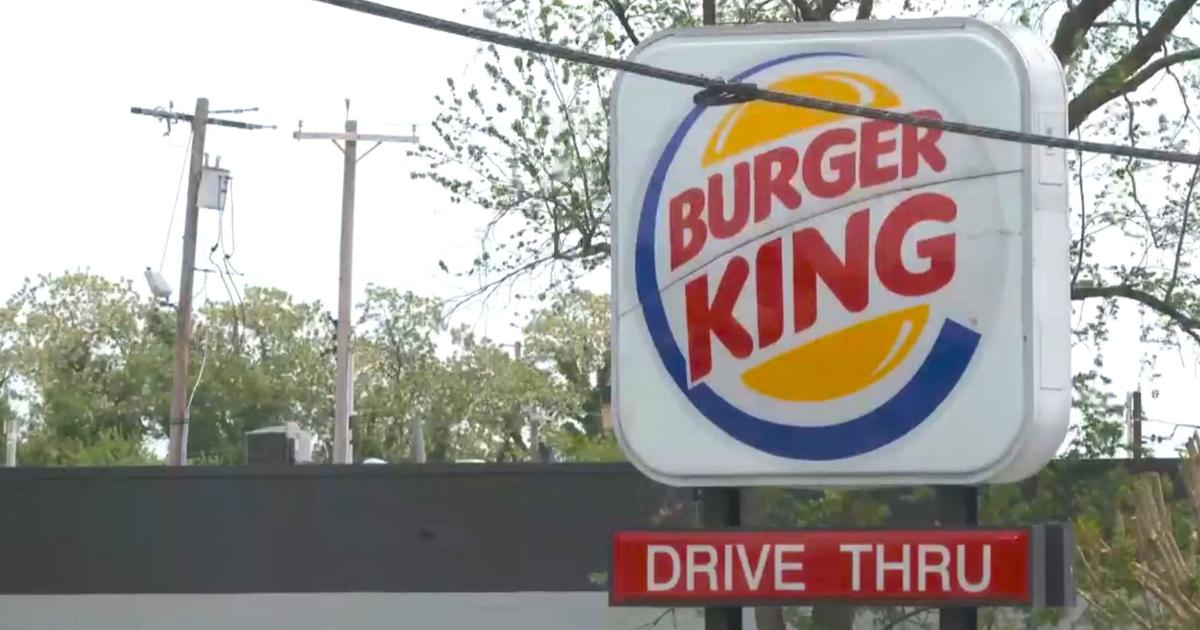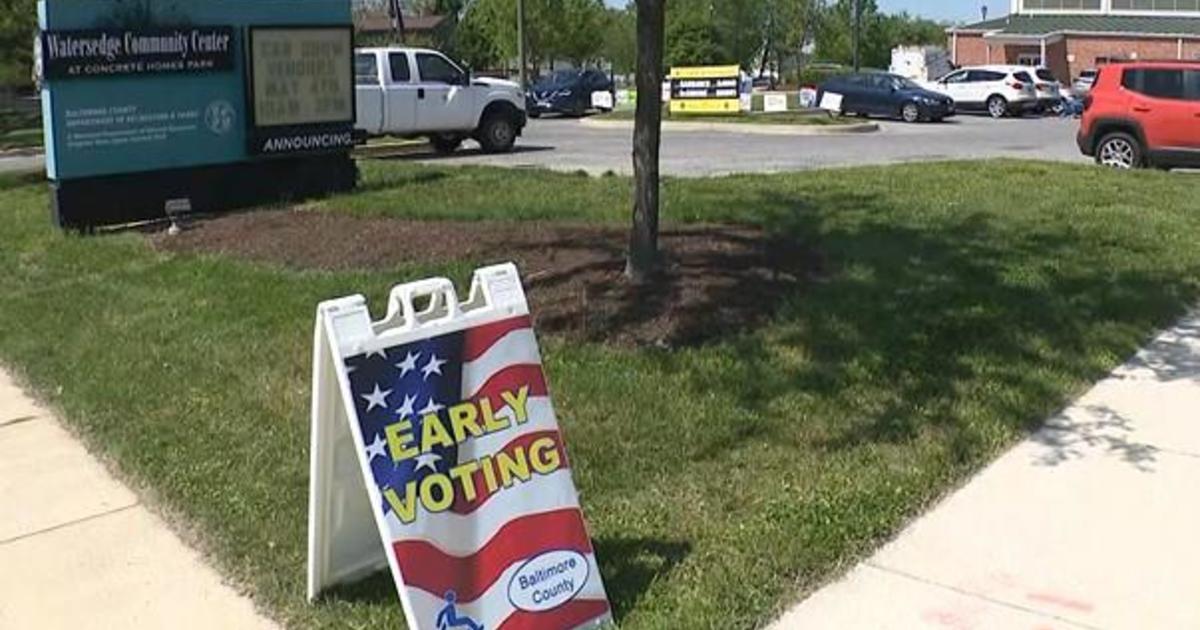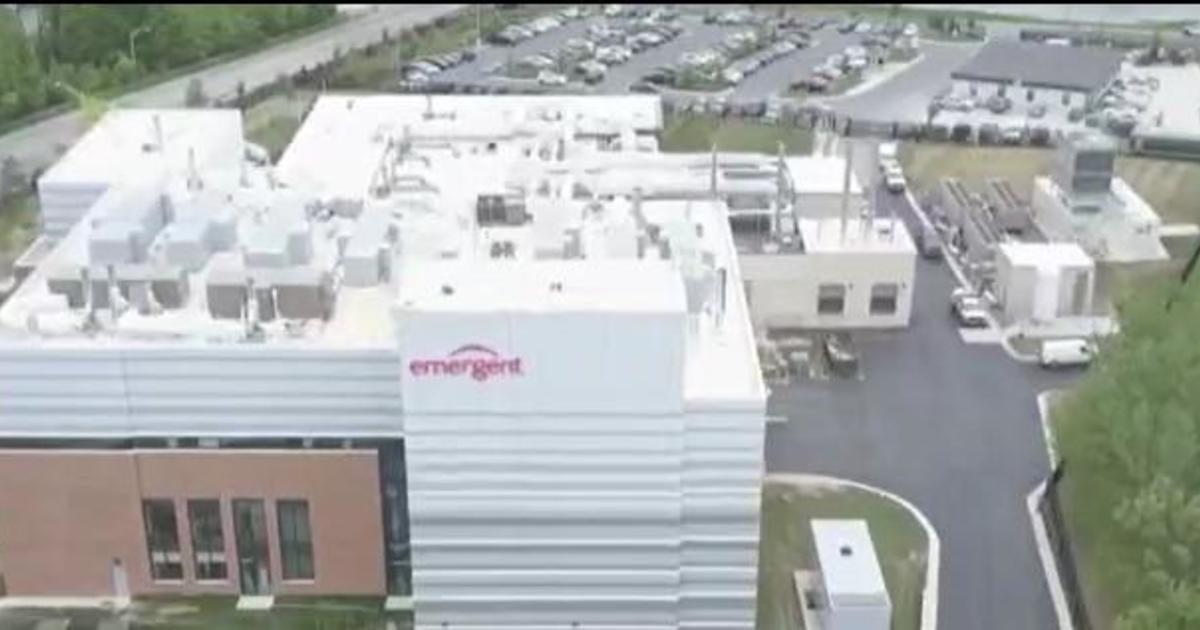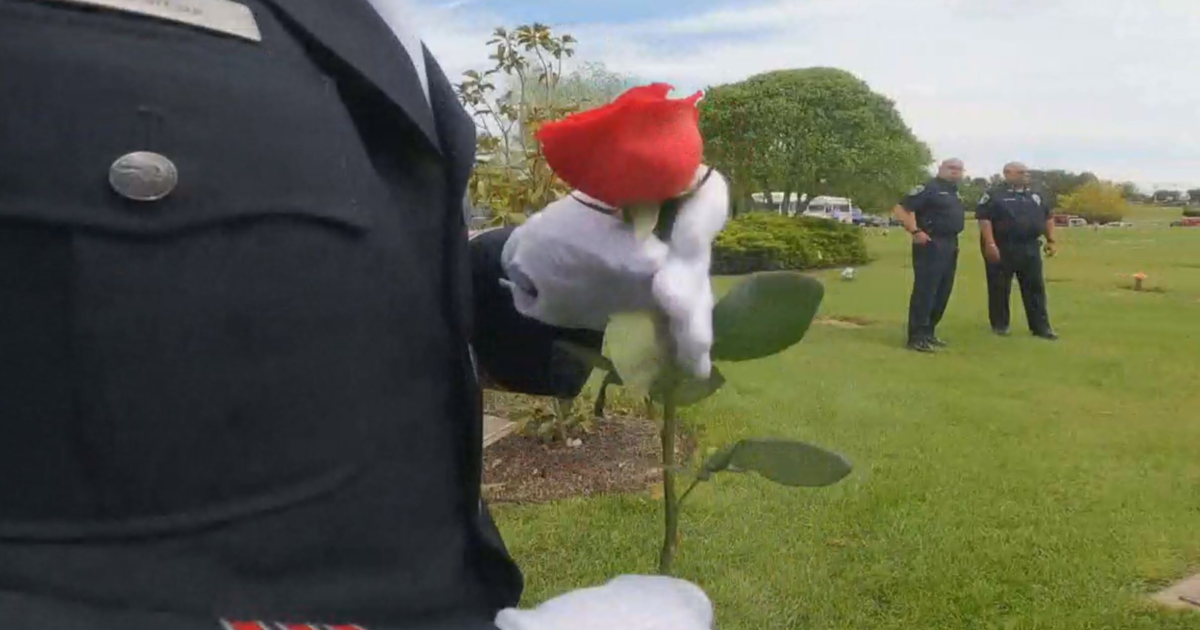Annapolis Vineyard Launches Its Own Winery
By ELISHA SAUERS
The Capital of Annapolis
ANNAPOLIS, Md. (AP) -- On fields overlooking a Quiet Waters vista, a mop-headed dog named Finn McCool weaves in and out of rows of fecund vines, his tail sweeping by bunches of tiny pearl-sized grapes.
Finn lives on the 28-acre Harness Creek Vineyards with vintners Nate and Andrea O'Shea and accompanies them as they tend to the rows of chardonnay, cabernet sauvignon, cabernet franc, merlot and syrah.
The O'Sheas are the caretakers of the farm, which is owned by Don Segal, the retired CEO of a medical software firm.
This urban vineyard, purchased for $500,000 about 12 years ago, is just a step outside Annapolis on Harness Creek Road. It's one of a handful of "experiments" initiated in Maryland a few years ago, when several old tobacco plantations took state buyouts and were recultivated as vineyards.
In the case of the Harness Creek farm, that pursuit has borne fruit. Segal is taking his venture to the next level with the launch of his own label. In days, construction will be complete on a small winery housed in a simple pre-fab barn where the O'Sheas will put a host of oak barrels, tanks and bottles to work.
The winery will be Segal's first boutique wine since leaving Frederick Cellars in 2008. It's a risky undertaking, but it provides an opportunity for the entrepreneur to have control over his product.
The name for the local vino, coming in both red and white varieties, will be Great Frogs.
"The owner -- he's a real funny guy. He's got millions and millions of knickknack frogs," Nate said. "We wanted to make our wine more for everyone and also have something that the younger generation would not be so intimidated by our labels."
Vineyard employees declined to discuss the investment in the winery with The Capital. But according to Anne Arundel County records, construction costs were estimated at more than $142,000 for the building. That's not including the supplies and labor.
Kevin Atticks, executive director of Maryland Wineries Association, said industrywide averages or business models don't exist. Startup costs can vary widely.
"It's an expensive crop to put in, but the yields are very high," Atticks said.
But don't expect to walk onto the Harness Creek farm for a sampling and a souvenir glass. This winery, unlike most throughout Maryland, won't have a tasting room. Private tours may be offered.
Though tourism plays a big part in the financial success of Maryland wineries, industry experts say the retail sales of the wines are enough to make the businesses profitable. Maryland wineries project sales to be up 11 percent over last year, Atticks said.
When Harness Creek was planted, there were just 75 vineyards in Maryland and a dozen wineries. As of last year, there were 150 vineyards and 46 wineries.
Results from a recent survey showed that by the end of 2015 there may be as many as 26 more wineries statewide.
Since 2004, the nine acres of Harness Creek vines have been sold to a dozen other Maryland winemakers. About 5,000 bottles a year are produced with a distribution plan that relies predominantly on the trunks of the employees' cars.
They plan to limit their sales to a wine club and local restaurants and liquor stores.
White wine takes a year to mature, and red takes two to four.
Though construction workers are finishing the winery building now, the staff was able to begin making wine in the cramped quarters of a nearby 80-year-old tobacco barn. The first vintage will go on sale beginning next year.
Though he seldom speaks publicly about his business, Segal over the years has quietly pressed local and state lawmakers to clear hurdles preventing wineries from locating in residential-agricultural areas of Anne Arundel County. (The Capital was unable to reach Segal for comment.) In 2003, the county changed zoning restrictions to allow wineries on 10 acres or more.
Joe Fiola, a viticulture specialist for the University of Maryland's Extension service, said some counties have proven more conducive to wineries than others.
"Anne Arundel has been one of the more difficult ones," Fiola said. "I tend not to think of Anne Arundel County as a big agricultural area and, in general, not that many other fruit crops are grown there."
The O'Sheas came to Segal's farm five years ago because of their mutual interest in small, artisan wine. Segal developed his palate for wine as a passionate consumer.
Nate was drawn to the idea of boutique winemaking.
"A lot of others, you can hardly tell they are wineries," he said. "They're these huge commercial places that are more like production facilities."
Attempting to grow commercial grapes in this region is no easy feat. Fiola said grape-growers in any area east of the Rocky Mountains struggle with climate, and the Chesapeake Bay region has even more complicating factors, such as nights warmed by heat coming off the water.
Extreme humidity and heavy rainfall during the growing season can make crops vulnerable to disease, and cold winters can kill the vines.
Protecting the crops at Harness Creek is an everyday struggle.
Weeks ago, when several varieties were ripening, the farm was hit with intense rains that made the ground soupy and the air thick and steamy.
A couple of farmhands hunched over the rows of vines, pinching the shading leafs to help the berries get more sunlight, removing moisture that could otherwise lead to mildew. Finn kept a close eye on Andrea and the other workers, as if he were supervising every pruning nip and tuck.
"This may not be the perfect place to try a vineyard, but we're like, `Let's make it work,' " Andrea said.
While Maryland, Atticks said, has many disadvantages for planting vines, it also has an advantage: variety. There are five distinct growing regions that can produce 20 or more varieties.
"In this state, the wineries can benefit by having a superwide variety of grapes that you just won't find in other states," Atticks said.
He hopes that the agricultural challenges Harness Creek Vineyards faces will lead to a wine that tastes as complex as the place in which it grows.
"It's not just a myth or romance," Nate said. "You can definitely taste the difference from this wine versus 20 miles from here."
Information from: The Capital of Annapolis, Md., http://www.hometownannapolis.com/
(Copyright 2011 by The Associated Press. All Rights Reserved.)



